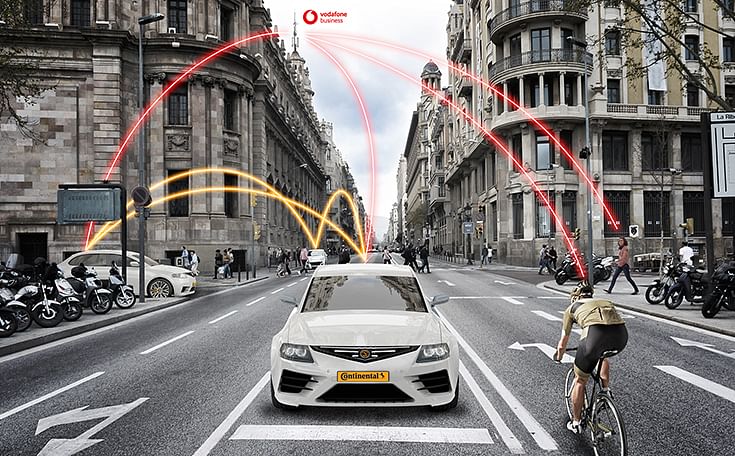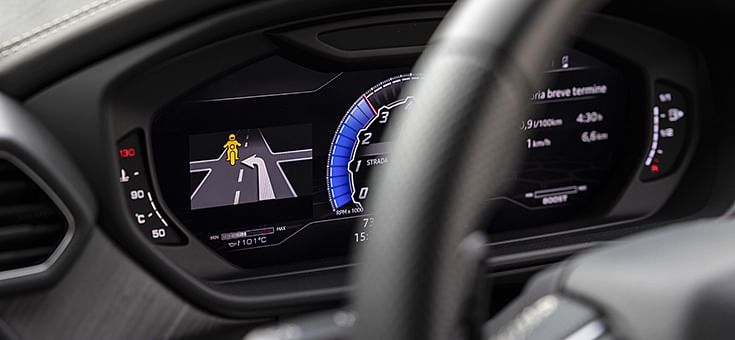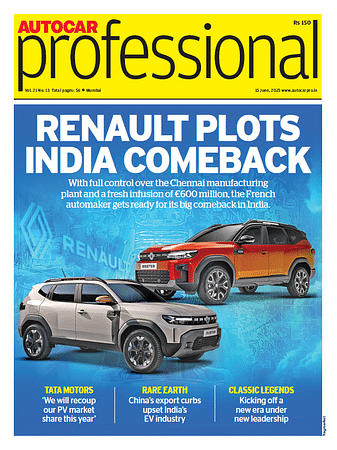V2X tech integration vital to make cars safer: government panel
India’s road ministry reviewing the draft report for implementation of Vehicle-to-Everything; government panel keen on BNCAP test ratings to be tied to V2X integration in cars for safer mobility.
What if cars could talk to each other? Well, according to Reuters, an Indian government panel has recommended that vehicles with systems that can communicate with other vehicles, transport infrastructure and pedestrians, should be granted a higher safety rating under the new Bharat NCAP (New Car Assessment Programme) ratings. The panel has asked for the Vehicle-to-Everything (V2X) systems to be considered towards the ratings in the BNCAP tests.
THE PROPOSAL
The panel proposed that in order to make cars safer, the need for communication arises. They say, "Most traffic issues occur because of non-line-of-sight scenarios, which include scenarios such as pedestrians in blind spots and cars further up the road braking under emergency conditions, to name a few. The panel feels that the Vehicle-to-Everything (V2X) function can aid the current assistance systems to reduce accidents on the road and said, "Most sensors do not work well in these scenarios and V2X fills the gap.”
According to Reuters, the report will now be reviewed by the Road and the Communication Ministry, who will then take a call on the future of the V2X feature.
 Digital safety shield increases road safety.
Digital safety shield increases road safety.
WHAT IS V2X?
Vehicle-to-everything or V2X, is a network of automotive communication that consists of systems that allow vehicles to share information with other vehicles (V2V), infrastructure (V2I) and pedestrians (V2P). In this ecosystem, real-time information is exchanged so that traffic can be optimised, and more importantly, safety can be increased on the roads. The information is collected from multiple sensors present on the vehicle, and once transmitted, it's displayed on a screen for the driver to see the various alerts ahead.
An example of this is what Ford has done in Germany. Using V2X they have created a system that gives priority to emergency services (ambulances, firefighters and police) by changing traffic lights, thereby easing congestion along the route.
By 2027, V2X could be mandatory for a car to score a 5-star rating in Euro NCAP, and the technology is already being used in the Chinese market.

BHARAT NCAP
The new Bharat NCAP norms came into effect on October 1, 2023, and have been formulated based on the latest GNCAP protocols. While there is a difference in the rating system between the two, the other criteria remain the same.
With the onset of the BNCAP, Indian automakers are slowly increasing the safety features offered on vehicles. For instance, Hyundai Motor India recently said that it will offer ADAS and connectivity technology on all models by 2025.
ALSO READ:
Bharat NCAP and Global NCAP: what’s similar and what’s different
Lamborghini and Ducati unveil bike-to-car communication tech to prevent road crashes
RELATED ARTICLES
VinFast’s second plant in Vietnam goes on stream ahead of India factory
Vietnamese EV maker’s second plant in its home market, which has a 200,000 EVs-per-annum capacity, will focus on produci...
Continental exits TBR market in India, shifts focus to car and SUV radials
German tyre manufacturer aims to tap the double-digit market growth opportunity for big SUV and luxury car tyres which w...
New ZF SELECT e-drive platform gives EV makers a choice in 100 to 300 kW range
Modular e-drive platform optimally matches 800-volt overall system and components such as the electric motor and power e...





 14 Oct 2023
14 Oct 2023
 6559 Views
6559 Views





 Autocar Professional Bureau
Autocar Professional Bureau




